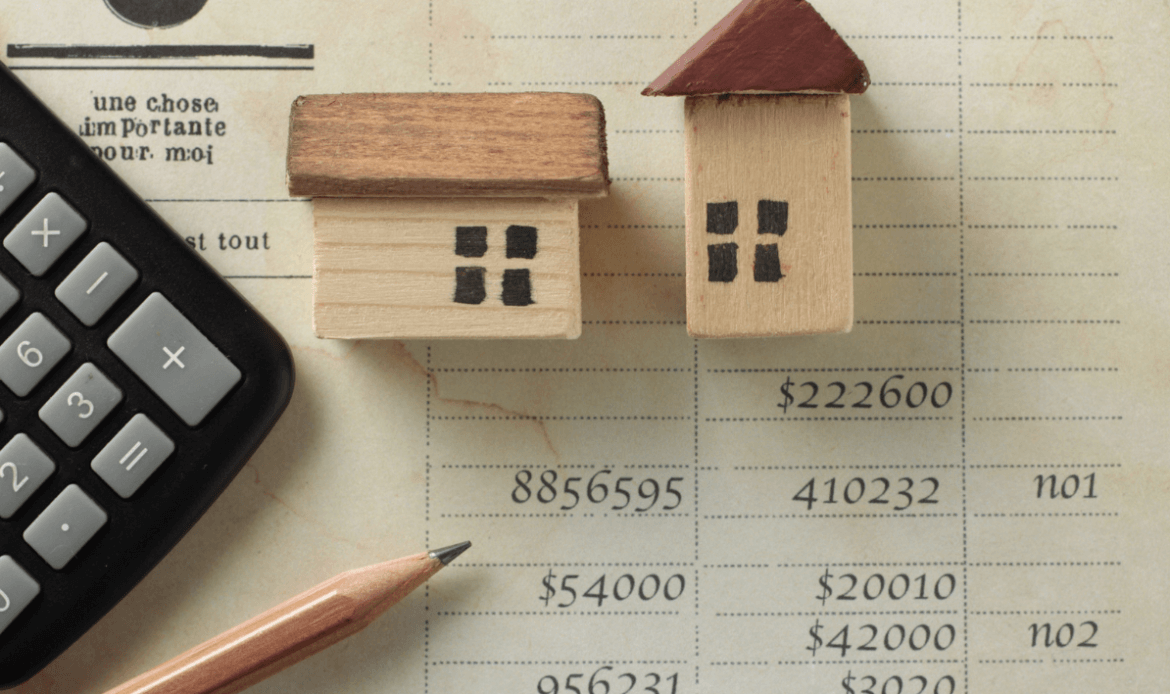
To determine your mortgage repayments, several factors are considered, including the amount of your loan, the interest rate, the loan term, the repayment frequency, and the repayment type.
If you’d like to get an idea of what your monthly, fortnightly, or weekly repayments might look like, try using our Mortgage Repayments Calculator. It’s a handy tool that can help you plan your finances more effectively.
Several factors will determine your mortgage repayments, such as your loan amount, interest rate, loan term, repayment frequency, repayment type, and loan type.
If you have a fixed rate home loan, your payments will remain constant throughout the fixed period. However, if you have a variable rate home loan, your repayments could fluctuate.
Nationally, here are the average monthly repayments for a new home loan:
- Existing home – $3,290
- Newly built home – $3,098
- New construction – $3,163
These calculations were based on a P&I home loan with an interest rate of 5.18% and a 30-year loan term. These estimates were based on the average variable rate for October.*
*Canstar, What is the average new mortgage in Australia?, December 2022
Your loan balance is multiplied by your interest rate each day and divided by 365 days to get your daily interest charge.
At the end of the month, each of the daily interest charges for the month are added together to get your monthly interest rate amount.
If your repayments are fortnightly or weekly, then this amount is charged accordingly.
Interest rates are the additional charge on top of your loan amount and are charged by banks to cover the cost of the loan.
If your interest rate increases, so will your mortgage repayments.
Yes, you will be able to change your repayments after you take out your home loan. You will need to speak to your lender directly or through a mortgage broker to discuss these changes.
In some instances, you will have to refinance to change the terms of your home loan. For example, if you’d like to switch from a variable rate to a fixed rate, you will need to refinance.
Some changes, like switching from monthly to fortnightly repayments, won’t require a refinance and will just require you to speak with your lender to make the arrangements.
Yes, if you’re on a variable rate home loan you’ll typically be allowed to make unlimited extra repayments to pay down your principal amount and pay off your home loan sooner.
If you’re on a fixed rate home loan, you’ll likely have a limit on the number of extra repayments you can make, if at all.
Principal and interest (P&I) repayments mean you are paying off your borrowed loan amount in addition to the interest accrued and charged by your lender.
Interest-only repayments mean that you are only paying off the interest accrued on your home loan, but not the actual borrowed amount (also known as principal).
Interest-only repayments have and end date as you will eventually need to pay down your principal, unless you sell your property beforehand.
Yes, you can use an offset account to lower your repayments.
An offset account is a type of savings account linked to your home loan. The money placed in this account offsets your home loan balance, reducing the interest you are charged each month.
For example, if you have an outstanding loan balance of $800,000, but place $200,000 in your offset, you’ll only be charged interest on $600,000.
So, the more money in your offset account, the less interest you pay.
Keep in mind that you can only have an offset account of you have a variable rate home loan, or the variable portion of a split rate home loan.
Ready to apply?
Amazing! Our Brokers will take over the research and guide you in choosing a home loan that’s right for you.

